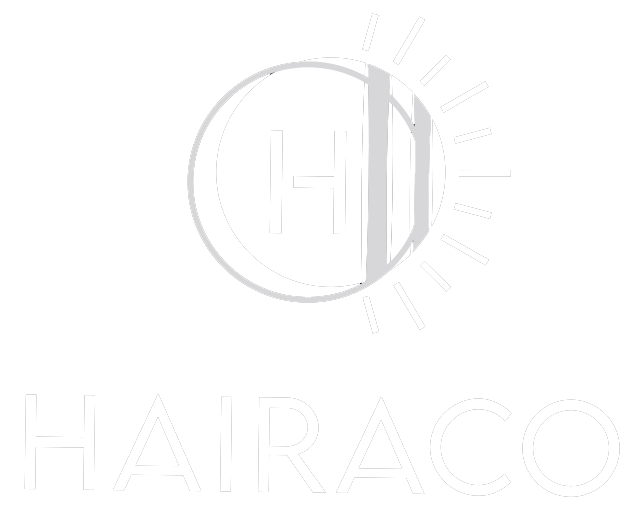Introduction
Highlighting techniques in hair coloring have evolved significantly over the years. Traditional hair foils have been a staple in the hair industry for decades. However, modern foil boards have emerged as a popular alternative, promising precision and ease for both hairstylists and clients. This article offers a comparative study of traditional hair foils and modern foil boards, examining their benefits, limitations, and practical applications.
Traditional Hair Foils
Overview
Traditional hair foils, typically made from aluminum, have long been used for various hair coloring techniques, including highlights, lowlights, and balayage. The process involves separating sections of hair, applying the dye or bleach, and wrapping the hair in these foils to achieve the desired effect.
Advantages
- Versatility: Hair foils can be used for a wide range of coloring techniques, providing unique finishes based on the stylist’s method and skill level.
- Heat Conduction: Since foils are made from aluminum, they effectively conduct heat, which can accelerate the coloring process and yield more vibrant results.
- Cost-effective: Aluminum foils are relatively inexpensive and readily available in most beauty supply stores.
Limitations
- Time-consuming: The process of sectioning, applying color, and wrapping with foils can be labor-intensive and time-consuming.
- Skill-dependent: Achieving consistent results requires a high level of skill and precision from the stylist.
- Environmental Impact: Aluminum foils are not easily recyclable, contributing to environmental waste.
Modern Foil Boards
Overview
Modern foil boards are innovative tools designed to simplify and enhance the hair coloring process. Typically made from durable, lightweight materials like plastic or composite, these boards provide a stable surface for applying color and wrapping hair.
Advantages
- Efficiency: Foil boards streamline the coloring process, allowing for faster application and reducing overall appointment time.
- Precision: The stable surface of the foil board enables more precise application, helping stylists achieve better consistency and cleaner lines.
- Reusable: Unlike traditional foils, foil boards are reusable, reducing environmental impact and long-term costs.
- Ergonomics: The ergonomic design of foil boards can lessen strain on the stylist’s hands and wrists, promoting ease during extended sessions.
Limitations
- Initial Investment: The upfront cost of purchasing foil boards can be higher compared to aluminum foils.
- Learning Curve: Stylists accustomed to traditional foiling methods may need time to adjust to using foil boards effectively.
Comparative Analysis
Applicability
Both traditional hair foils and modern foil boards are suitable for various hair coloring techniques. However, foil boards may offer greater precision and efficiency, particularly beneficial in a fast-paced salon environment.
Sustainability
In terms of sustainability, foil boards hold a distinct advantage. The reusable nature of foil boards reduces waste and contributes to a more eco-friendly salon operation compared to disposable aluminum foils.
Cost-effectiveness
While traditional hair foils have a lower upfront cost, the long-term savings of reusable foil boards can outweigh their initial investment. Salons looking to cut down on recurring costs and environmental footprint might find foil boards a preferable option.
Conclusion
Both traditional hair foils and modern foil boards have their unique benefits and limitations. Traditional foils offer versatility and accelerated processing times but at the cost of environmental sustainability and the need for high skill levels. Modern foil boards, on the other hand, bring efficiency, precision, and sustainability to the forefront, albeit with a higher initial investment and a learning curve for some stylists.
Ultimately, the choice between traditional hair foils and modern foil boards depends on the specific needs and priorities of the salon and its clientele. As the industry continues to evolve, adopting innovative tools like foil boards could pave the way for more efficient, sustainable, and precise hair coloring practices.

